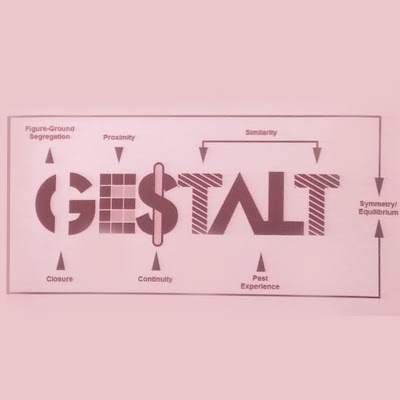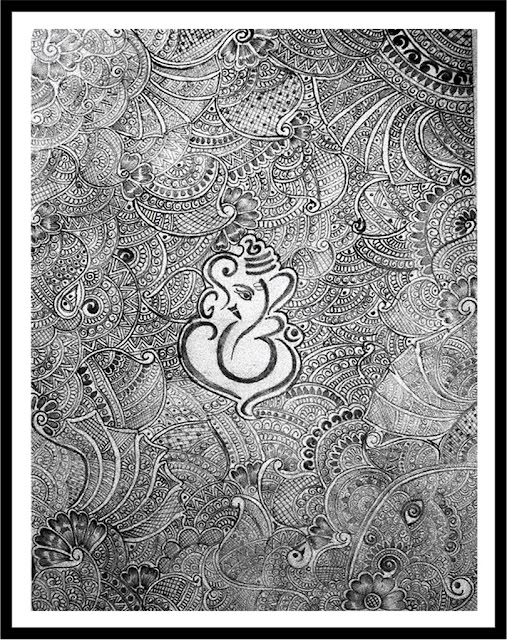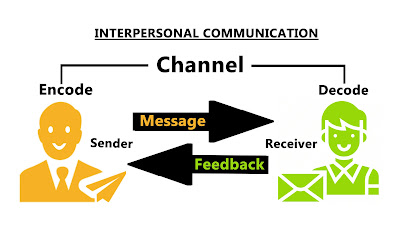Types of Listening
Communication is not complete without effective listening Discriminative listening- It involves identifying the difference between various sounds. It also enables one to differentiate between familiar and unfamiliar language. Comprehension listening - It involves attaching meaning to what is being listened to. It may also include comprehending the non-verbal messages being conveyed by the speaker. Evaluative listening - It involves evaluating and analyzing the message being received. It involves judging the acceptability of what is said depending on how logical one finds it to be. Attentive listening- It involves paying attention to the words that are being spoken. Prentence listening - It involves more hearing than listening. It means pretending through facial expression than one is listening when actually one is not. Selective listening - It involves selecting the desired part of the message and ignoring the undesired part of the message. I...



